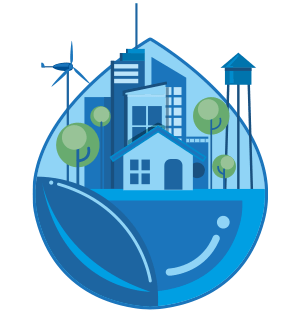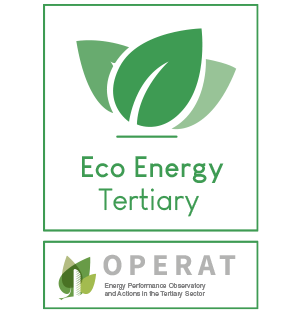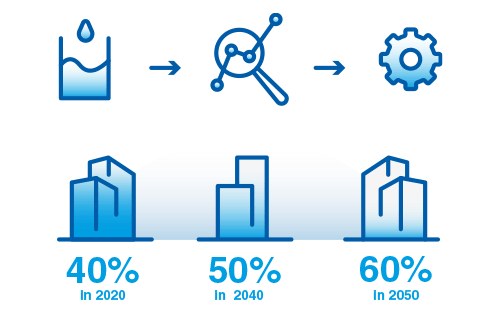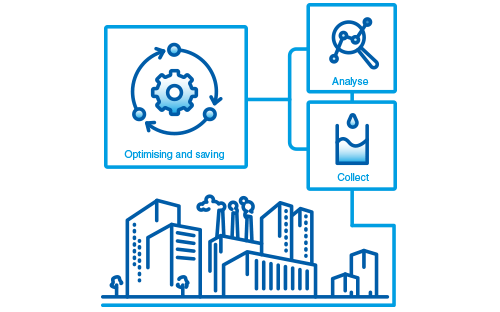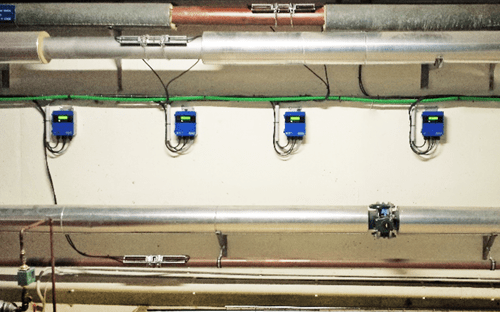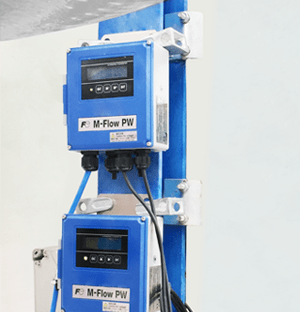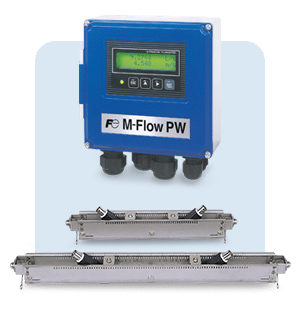Fuji Electric will support you in your efforts to meet the savings targets imposed by the Tertiary Sector Decree, and help you make your consumption data available on the ADEME platform.
We have both the knowledge of regulatory constraints and the metering solutions you need to meet your commitments at the lowest possible cost.
Our ultrasonic flow meters use the principle of transit time difference measurement. These flow meters are particularly well suited to measuring the flow of a wide range of liquids (service water, wastewater, industrial water, seawater, pure water, irrigation water, oil, etc.) at temperatures from -40 to +200°C.
Our ultrasonic flowmeters are economical, compact and easy to install.
They are much more economical than electromagnetic flowmeters. The larger the diameter of an electromagnetic flowmeter, the higher the price. Whereas the price of an ultrasonic flowmeter remains the same, whatever the pipe diameter.


